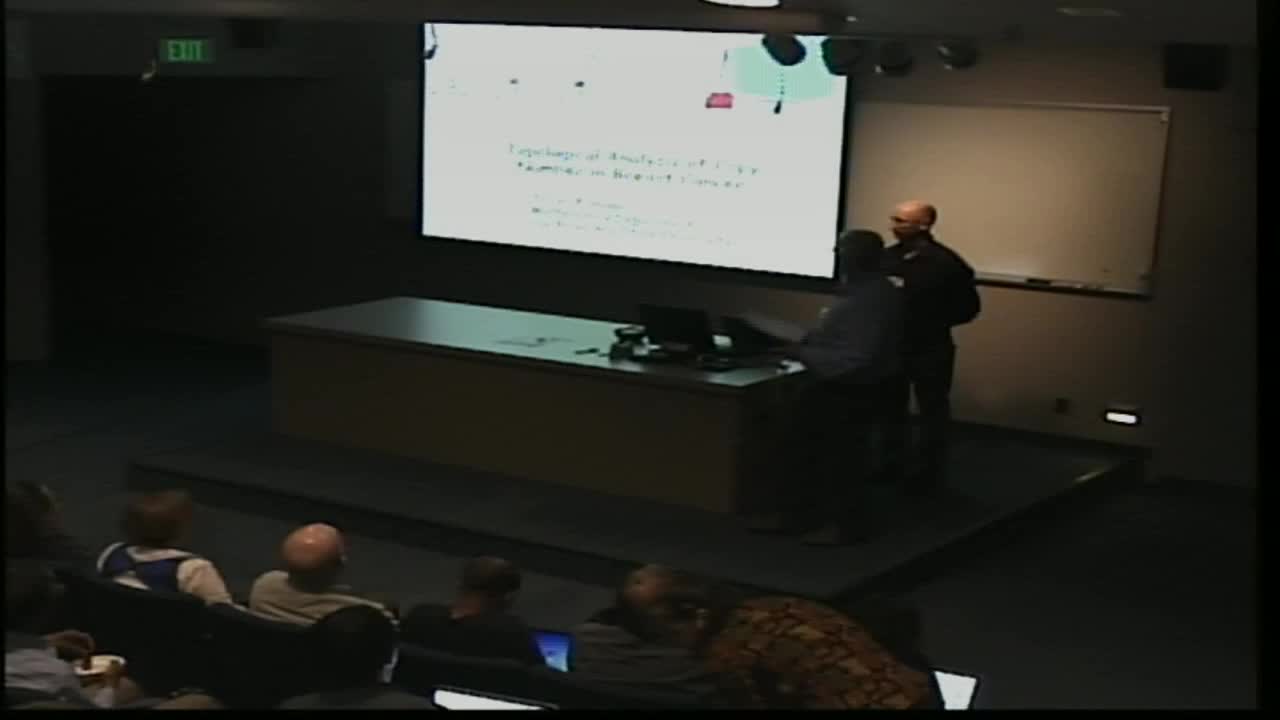Topological Analysis of Copy Number in Breast Cancer
Presenter
October 8, 2013
Keywords:
- Topological analysis
MSC:
- 22A20
Abstract
Breast cancer is a complex genetic set of diseases that remains to be understood. It is widely believed that for initiation and progression of each of these diseases a number of genes need to be missregulated. Gene missregulation may occur through gains or losses of the genome, commonly termed DNA copy number abnormalities (CNAs). CNAs are routinely detected in the laboratory through a number of techniques including comparative genomic hybridization (CGH). While these techniques lend themselves to the profiling of the entire genome and therefore the identification of multiple CNAs, statistical methods has been mostly limited to the identification of large, independent CNAs. Smaller, co-ocurring CNAs have however been mostly neglected due to the combinatorial explosion of cases that needs to be considered for their identification. One potential approach to partially overcome such combinatorial explosion is by encoding relationships among co-occurring CNAs as single events. Here we propose an approach that uses computational algebraic topology to encode such relationships and therefore partially overcome the combinatorial explosion associated to the identification of co-occurring CNAs in CGH data.
We illustrate our methodology analyzing a set of Her2 positive (Her2+) breast cancer, an aggressive form of the disease that comprise 25% of all breast cancers. Her2+ tumors is characterized by overexpression of the gene ERBB2, which is commonly regulated by copy number gains at ERBB2. When we apply our method to the analysis of ERRB2 in the data published by Horlings et al 2010, we find the amplification of chromosome 17q which harbors the gene ERBB2 and also co-amplifications of chromosome arms 4q and 9q. To test whether these CNAs have functional implications we perform gene expression analysis on the two independent data sets published using SAM. We find differentially expressed genes in 9q that map to the identified CNAs. Our results suggest that these genes involved in Her2+ tumor development are regulated by small, co-occurring CNAS.
